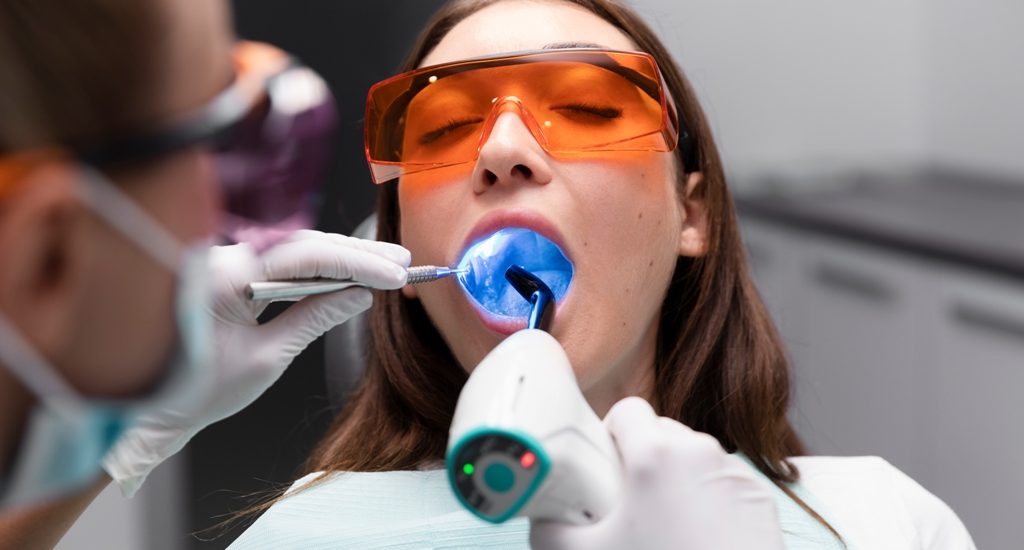- July 26, 2023
- Posted by: David Smith
- Categories: Pre Authorization, Prior Authorization

A research paper titled “Utilization management trends in Medicare part D oncology drugs, 2010-2020”, published in JAMA, indicates that prior authorization requirements for oral cancer drugs have been increasing over the years.
The study analyzed Medicare Part D formulary files to identify prior auth trends for each drug-dose-formulary combination of oral cancer drugs from 2010 to 2020. During this period, the number of enrolled Medicare beneficiaries increased from 28.03 million to 47.34 million (an almost 69% jump) while the number of formularies expanded from 333 to 548 (64.5%). This has also been accompanied by a remarkable increase in the number of oral cancer drugs available; growing from 62 to 249 (over 300%).
Increased prior authorization requirements
Research findings revealed that utilization management strategies, including prior authorization, have seen a significant surge over the study period with prior auth being the most common strategy for branded specialty, branded non-specialty, and specialty generic drugs.
Now let’s look at some data about increased proportion of oral cancer drugs requiring prior auth across various drug groups:
♦ For branded specialty drugs, prior authorization obligations increased by 22.6% from 2010 to 2020
♦ For branded non-specialty drugs, the proportion of prior auth requirements surged from 15.9% in 2010 to 78.2% in 2020 (a 62.3% jump in 10 years)
♦ For non-specialty generic drugs, the proportion rose from 7% from 2010 to 2020
♦ For specialty generic drugs, the pre authorization requirements increased from 91.1% in 2016 (market entry) to 95.0% in 2020
In addition to prior authorization, the study noted an increase in quantity limits as another common strategy, especially for non-specialty generic drugs:
♦ For branded specialty name drugs, the proportion increased from 31.4% in 2010 to 62.5% in 2020 (a 31.1% rise)
♦ For branded non-specialty drugs, quantity limits grew by 35.5% from 11.8% in 2010 to 47.3% in 2020
♦ For non-specialty generic drugs, the proportion almost doubled from 9.7% to 18.8% from 2010 to 2020
♦ For specialty generic drugs, the proportion of limits on quantity increased by 45.1% from 32.7% to 77.8% from 2016 to 2020
Interestingly, the use of step therapy, as a utilization management strategy, remained low, with less than 1% of drug-dose-formulary combinations requiring step therapy from 2013 onwards.
Evaluating Prior Authorization in Oncology Drugs
While utilization management strategies like prior auth can be appropriate for oncology drugs with provisional evidence of efficacy, the researchers question the necessity of prior auth for highly effective, first-line drugs such as generic Imatinib, and emphasize the importance of reforming prior auth policies to reduce barriers to high-value treatments.
Solutions to get around increasing oncology prior authorization requirements
It is widely believed that reform of prior authorization policies is the only way to fix the broken utilization management system. While industry bodies are trying their best to bring about required changes, there isn’t a lot that healthcare providers and patients can do to alleviate this burden, except for keeping themselves prepared for delays and making plans in advance to reduce medical care waiting time.
Partnering with an experienced and HIPAA-compliant revenue cycle management company can help healthcare providers reduce the impact of such delays considerably. From coordinating with patients and providers to hiring prior authorization specialists with extensive domain expertise, a reliable healthcare RCM company can offer different value-added services that make access to medical care a lot easier.
